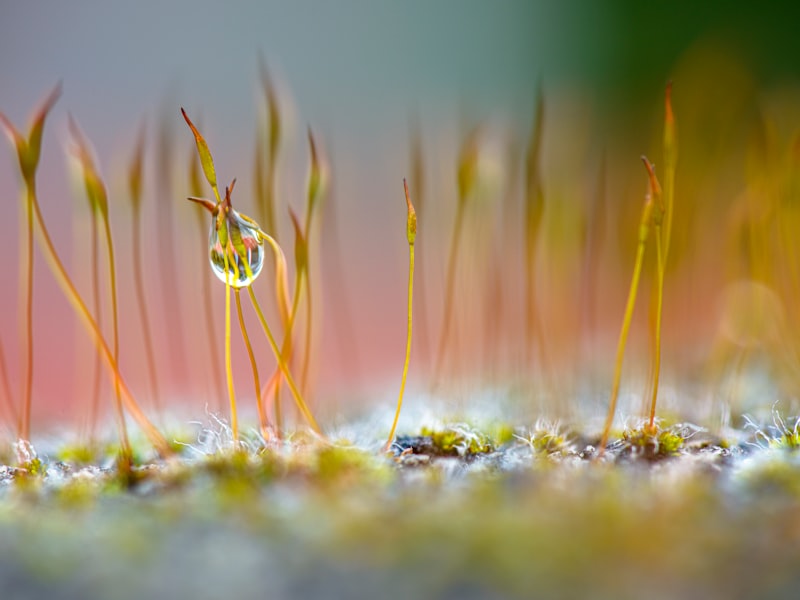Plastering is a skilled process that includes making use of a thin layer of plaster combine to a surface to create a clean, durable, and aesthetically pleasing end. Here's a step-by-step process for plastering walls and ceilings:
1. Surface Preparation:
Clean the Surface: Ensure the surface to be plastered is clean, freed from dust, particles, and unfastened particles.
Repair Damages: Patch up cracks, holes, and other defects within the surface with appropriate materials.
Priming (Optional): Apply a primer or bonding agent to the surface. Priming helps the plaster adhere better and prevents rapid drying, permitting for a smoother finish.
2. Mixing Plaster:
Measure Ingredients: Measure the plaster powder and water according to the producer's directions. Use clean water for mixing.
Mix Thoroughly: Mix the plaster completely to attain a lump-free, smooth consistency. This may be accomplished using a mixing paddle hooked up to an electric drill.
three. Applying https://plasterers-barrowinfurness.co.uk/ (Scratch Coat):
Dampen the Surface: Dampen the surface with water before applying the plaster. This helps the plaster adhere higher.
Apply the Plaster: Use a plastering trowel to spread the plaster evenly over the surface, making a layer about 8-12 mm thick. Use a scratching tool or a comb scratcher to create horizontal traces on the plaster floor. This enhances the bond with the next coat.
four. Applying the Second Coat (Brown Coat or Floating Coat):

Dampen the Scratch Coat: Lightly dampen the scratch coat with water.
Apply the Plaster: Apply a second layer of plaster (brown coat) about 6-8 mm thick over the scratch coat. Level and smooth the surface utilizing a plastering trowel. While the plaster is still wet, scratch it with a comb scratcher to create a rough surface for the following coat to adhere to.
5. Applying the Finish Coat (Skim Coat):
Dampen the Brown Coat: Dampen the brown coat with water.
Apply the Plaster: Apply a thin layer of plaster (skim coat) about 2-3 mm thick over the brown coat. Work shortly and smoothly to realize a good surface.
Trowel and Polish: Use a steel trowel to smooth and polish the floor. Keep the trowel slightly damp to achieve a clean end.
6. Curing and Finishing:
Curing: Allow the plaster to dry slowly and naturally. Prevent speedy drying by covering the plastered surface with damp cloths or spraying it with water intermittently for a few days.
Finishing: Once the plaster is totally dry, sand the floor frivolously to take away imperfections. The floor could be painted, wallpapered, or left as is, depending on the desired end.
It's necessary to note that plastering requires ability and experience. Beginners could find it challenging, and for significant plastering projects, it is advisable to rent professional plasterers to make sure a high-quality finish..
